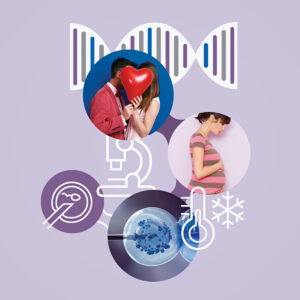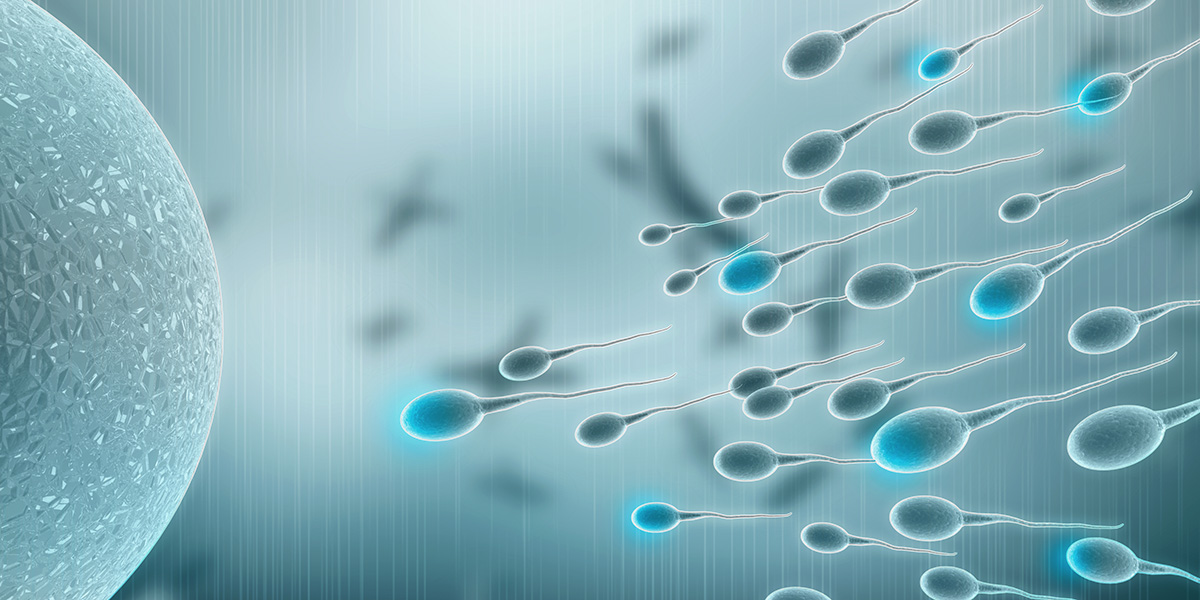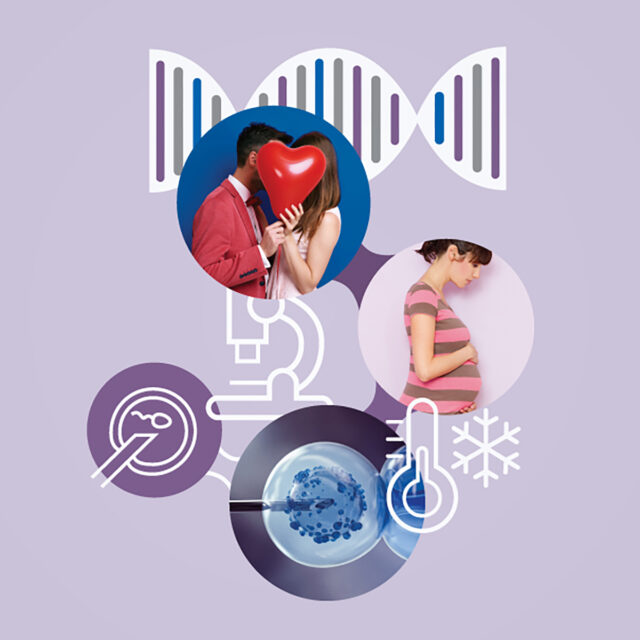Infertility has become a common medical problem affecting a large number of couples. In some cases, infertility may not result from an issue with women. A semen analysis is often recommended when couples have problems getting pregnant. The analysis helps to determine the number, shape and motility of sperms. Low sperm count or sperm dysfunction is the major reason behind male infertility. Result obtained from a semen analysis can serve as a guiding tool to select an appropriate type of infertility treatment that a couple may need.
Get to know semen
Semen, also known as seminal fluid, is a white bodily fluid that is emitted from the male reproductive tract during an ejaculation as a result of an orgasm while having sexual intercourse, masturbation or wet dream. Semen contains sperm cells which are capable of fertilizing the female’s eggs. Semen is also made of liquids that combine to form seminal plasma, keeping the sperm cells viable. Per each ejaculation, normal semen volume ranges from 3 ml. to 4 ml. while a normal sperm count ranges from 300 million to 500 million sperms.
Benefits of semen analysis
To determine male infertility, semen analysis is conducted to evaluate the quality of sperms which substantially affects the chance of pregnancy. Semen analysis helps to determine:
- Sperm quantity: a low sperm count can be caused by blocked sperm duct (ejaculatory duct obstruction), limited or no sperm production due to abnormal testicular structure or function.
- Sperm motility: Sperm motility refers to the ability of sperm to move efficiently through the female reproductive tract to reach the mature egg for fertilization. Low sperm motility is one factor that prevents sperm from conceiving with the mature egg, leading to infertility.
- Sperm morphology: The abnormal shape of sperms can largely impair fertilization process. Particularly, the head shape is important since it affects the sperm’s ability to dissolve the outer surface of the mature egg and fertilize it.
When to conduct semen analysis
Up to 15% of couples can be infertile. A semen analysis is often recommended when couples tend to have problems getting pregnant and infertility is suspected. Nevertheless, semen analysis might be considered early on in some men who have certain circumstances, including:
- Underlying diseases or conditions affecting the quality of sperms e.g. smoking, liver diseases, kidney diseases, immune system disorders or having history of sexual transmitted diseases.
- Increasing age over 40. The quality of sperms gradually decreases after the age of 30. However, the chance of pregnancy substantially reduces after turning 40.
- Wives aged over 37. Result obtained from semen analysis is beneficial to guide family planning and infertility treatment, if needed.
Semen analysis
According to WHO standard methodology for semen analysis (WHO Criteria, 2010), semen analysis is conducted to identify sperm count, the movement of sperm (sperm motility) and the shape of sperm (sperm morphology). Testing involves:
- Macroscopic examination: The semen sample is first evaluated by simple inspection to determine general appearance, color, turbidity, dissolution, volume, viscosity and acidity.
- Microscopic examination: Under the inspection of microscope, semen sample is further investigated for a sperm count, sperm movement rate, sperm viability or rate of alive sperms, percentage of sperms with normal shape, white blood cells and red blood cells.
Advanced technology for semen analysis
Through advances in fertility devices and technology, semen analysis has become more precise and accurate. The test results indicate sperm problems, allowing for an appropriate treatment to treat male infertility with a greater chance of getting pregnant for a couple. Nevertheless, manual microscopic examination with subjective counting might have some limitations since the standard deviations are widely varied, depending on the expertise degree of specialists.

Computer-assisted sperm analysis (CASA) system has evolved through advances in medical technology to capture the sperm images from a microscope. Conducted by specialized laboratory, a sophisticated electronic imaging system with high sensitivity is used to visualize the sperm. An advanced software program evaluates individual sperm parameters, including the movement rates and the shape of sperms. Assisted by computer system, the results are more accurate while reducing human errors from manual macroscopic examination.
Interpretation of results
According to World Health Organization reference values (WHO Criteria, 2010), human semen characteristics include:
- Semen volume: greater than or equal to 1.5 ml. (> 1.5 ml.)
- Sperm concentration: greater than or equal to 15 million per ml. (> 15 M/ml.)
- Total motility (progressive and non-progressive motility): greater than or equal to 40% (> 40%)
- Morphologically normal forms: greater than or equal to 4% (> 4%)
Instructions for semen collection
- Refrain from ejaculation from both sexual intercourse and masturbation for a period of 3-7 days prior to semen collection.
- Wash hands before semen collection.
- Collect the specimen by masturbation in the sterile specimen container. Ejaculate directly into the sterile container. The entire ejaculate should be collected.
- Avoid contamination of the inside of the container and safely secure the lid afterwards.
- It is not recommended to collect semen by using condoms as these contain lubricants which are spermicidal agents that might deteriorate sperms.
- Collected specimen needs to be sent to the laboratory immediately or within an hour after collection.
Limitations of semen collection
- If semen cannot be collected by masturbation: Sexual intercourse can be considered. During an ejaculation, semen must be collected in the provided sterile container. However, this collection method might not be able to obtain all semen and its quality might be potentially diminished.
- If semen cannot be collected at the hospital: Semen collection at home in the provided sterile container might be advised. Nevertheless, collected specimen needs to be sent to the laboratory within an hour after collection. Freezing semen or keeping it in cold temperature is strictly prohibited.
After sending the specimen to the laboratory, the analysis takes 1-2 hours. The results can be obtained on the same day of specimen collection. If the results cannot be informed to the patients in person with any reason, the doctor might notify the results via telephone. If a semen analysis needs to be repeated, it is recommended to wait for 90 days since it usually takes three months for a new cycle of sperm to be produced and delivered through the sperm ducts.











